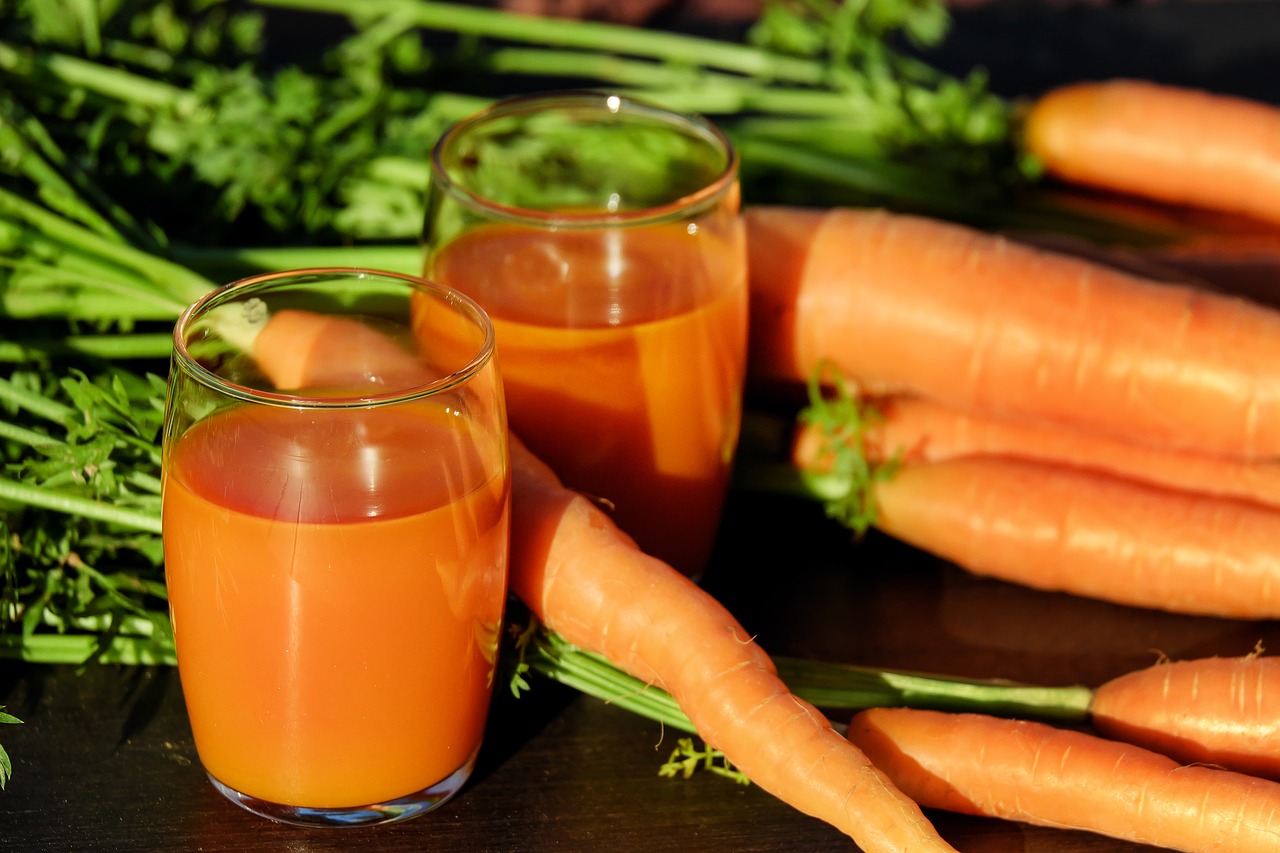I am branching out here with this Difference Between: now I’m looking at more than just the difference between two food items, but cooking techniques as well.
I had been running out of ideas looking to expand my Difference Between posts, anyway, and came across this one by accident.
It would not appear that there is one clear winner out of these two methods by which one can essentially drink their vegetables. It’s just one of those things you need to research and find out which is right for you (both, probably).
Juicing:
- Produces a smooth, easy-to-drink liquid.
- Extracts water and nutrients from fruits and vegetables, while discarding the fiber.
- Because your body doesn’t need to work as hard to take in the nutrients, this method could be helpful to those with digestive issues.
- The nutrients are absorbed quickly into the bloodstream, which can sometimes cause blood sugar levels to spike.
- Juicing is ideal for “cleansing” the body.
- You are consuming the best part of the produce.
Blending:
- Produces a more pulp-y type of drink than with juicing; think smoothie.
- Blending utilizes the entire fruit or vegetable, skin and all.
- The nutrients are released into the bloodstream in a slow manner, which avoids the blood sugar spikes.
- Because blending includes the fiber and additional aspects of the produce, it is more filling, and more like eating an entire meal.
Both:
- Investing in the right kitchen equipment to juice and blend is important, because inadequate juicers or blenders can actually reduce the nutritional value.
- Regardless of which liquidizing method you go for, make sure you are receiving the right amount of nutrients – if you aren’t getting them from your juice or smoothie, get them from somewhere else.
- As NatalieJillFitness.com says, “No matter the difference between juicing and blending, the common denominator will always remain that both are efficient ways to receive your nutrients in a concentrated manner that typically saves time and makes it easier for more people to ‘eat their veggies.'”
Some final notes:
- Certain vegetables, such as carrots, broccoli, and zucchini, do not combine well with fruit because of the starch content.
- Bananas, avocados, and leafy vegetables do better with blending as compared to juicing.
- Try to consume the drink quickly after making it, or nutrients can be lost.
In addition to the previously mentioned and linked to sites, I thank Juicing-For-Health.com and MindBodyGreen.com for the aforementioned data.

An interesting related article, preferring blending to juicing:
http://www.takepart.com/article/2013/04/17/jane-says-juicing-may-be-great-blending-better?cmpid=foodinc-fb